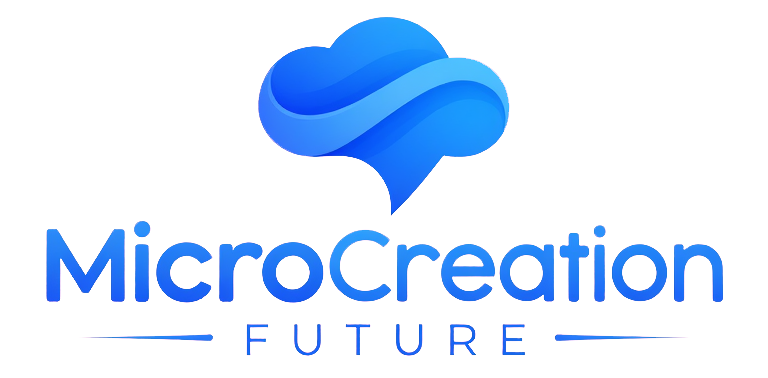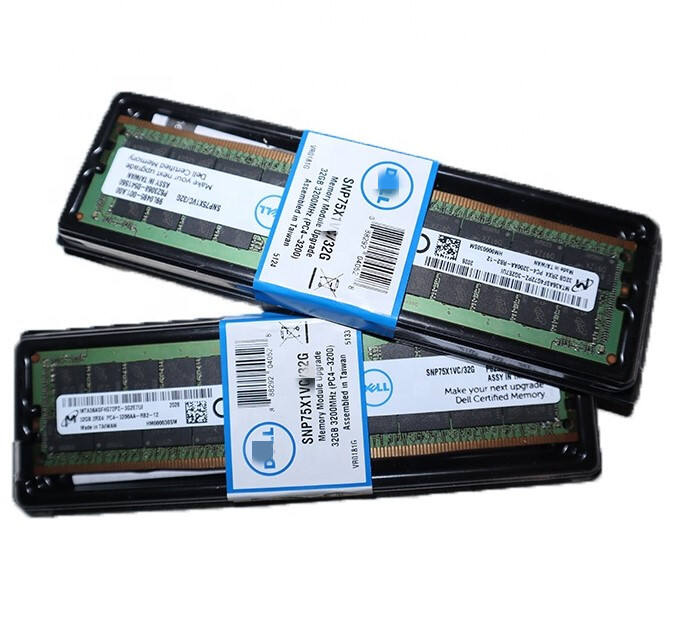The Evolution of Enterprise Storage Technologies
Enterprise storage infrastructure has undergone a dramatic transformation in recent years, with server storage solutions becoming increasingly sophisticated. As we approach 2025, organizations face critical decisions about their storage architecture, particularly when choosing between traditional Hard Disk Drives (HDDs) and modern Solid State Drives (SSDs). This comprehensive analysis explores the key factors that influence storage decisions in enterprise environments.
Performance Metrics and Speed Comparison
Random Access and IOPS Performance
When evaluating server storage solutions, Input/Output Operations Per Second (IOPS) stands as a crucial metric. SSDs demonstrate remarkable superiority in this aspect, delivering up to 100,000 IOPS compared to the typical 100-200 IOPS for HDDs. This massive performance gap becomes particularly evident in environments with heavy random access patterns, such as database operations and virtualized workloads.
The superior random access capabilities of SSDs stem from their lack of mechanical components, enabling near-instantaneous data access. Enterprise applications experiencing frequent random read/write operations can see performance improvements of up to 100x when migrating from HDDs to SSDs.
Sequential Read/Write Speeds
Sequential operations present a different scenario in the server storage solutions landscape. While SSDs still maintain an advantage, the gap narrows considerably. Modern enterprise HDDs can achieve sequential read/write speeds of up to 250MB/s, while enterprise SSDs typically range from 500MB/s to 3500MB/s, depending on the interface and technology used.
This performance differential becomes particularly relevant for applications handling large files, such as video streaming services or backup operations. Organizations must carefully evaluate their workload patterns to determine whether the additional speed justifies the investment in SSD technology.
Cost Analysis and Total Cost of Ownership
Initial Investment Considerations
The cost per gigabyte remains one of the most significant differentiators between HDDs and SSDs in server storage solutions. As of early 2025, enterprise HDDs typically cost $0.02 to $0.03 per gigabyte, while enterprise SSDs range from $0.10 to $0.15 per gigabyte. This price gap, though narrowing annually, still presents a substantial consideration for large-scale deployments.
However, the initial purchase price tells only part of the story. Organizations must consider the density advantages of SSDs, which often allow for more storage capacity in less rack space, potentially reducing data center footprint and associated costs.
Operational Expenses and Energy Efficiency
Power consumption and cooling requirements significantly impact the total cost of ownership for server storage solutions. SSDs typically consume 70-80% less power than HDDs during operation, with even greater savings during idle states. This efficiency translates to reduced electricity bills and lower cooling requirements, particularly in large-scale deployments.
Moreover, the reduced heat generation of SSDs can extend the lifespan of surrounding components and decrease the overall cooling infrastructure requirements, leading to additional long-term savings.
Reliability and Durability Factors
Mean Time Between Failures
Reliability metrics show distinct advantages for SSDs in server storage solutions, with modern enterprise SSDs featuring Mean Time Between Failures (MTBF) ratings of 2-3 million hours, compared to 1.2-1.6 million hours for enterprise HDDs. The absence of moving parts in SSDs significantly reduces the risk of mechanical failures, particularly in environments with vibration or physical stress.
However, SSDs face different reliability challenges, primarily related to write endurance and cell degradation. Enterprise-grade SSDs incorporate sophisticated wear-leveling algorithms and over-provisioning to address these concerns.
Data Retention and Recovery
Data retention capabilities vary significantly between the two technologies. HDDs can reliably retain data for decades when properly stored, while SSDs may experience electron leakage in long-term unpowered storage. This characteristic makes HDDs potentially more suitable for cold storage and archival purposes within server storage solutions.
Recovery scenarios also differ substantially. HDDs often provide warning signs before failure and may allow for partial data recovery even after mechanical issues. SSD failures tend to be more sudden and complete, emphasizing the importance of robust backup strategies regardless of the chosen technology.
Future Trends and Technology Developments
Emerging Storage Technologies
The server storage solutions landscape continues to evolve with technologies like NVMe over Fabric and Storage Class Memory bridging the performance gap between storage and memory. These advancements particularly benefit SSD implementations, promising even greater performance improvements in the near future.
Computational storage devices, which integrate processing capabilities directly within storage units, represent another emerging trend that could reshape enterprise storage architecture, especially in edge computing applications.
Sustainability and Environmental Impact
Environmental considerations are becoming increasingly important in storage technology decisions. The lower power consumption and longer potential lifespan of SSDs contribute to reduced carbon footprints, aligning with many organizations' sustainability goals. However, the environmental impact of manufacturing and disposal must also be considered in the overall assessment of server storage solutions.
Frequently Asked Questions
How do SSDs maintain performance over time compared to HDDs?
SSDs maintain consistent performance through advanced firmware algorithms and over-provisioning, though they may experience some degradation after extensive use. HDDs typically show minimal performance degradation but can suffer from fragmentation issues requiring periodic maintenance.
What role does caching play in modern storage systems?
Modern server storage solutions often implement tiered storage architectures, using SSDs as cache layers for frequently accessed data while maintaining bulk storage on HDDs. This hybrid approach can offer an optimal balance of performance and cost-effectiveness.
How does temperature affect the reliability of different storage technologies?
Temperature impacts both storage types differently. HDDs are more sensitive to temperature fluctuations due to their mechanical nature, while SSDs can typically operate reliably across a broader temperature range, though extreme heat can accelerate cell wear.




